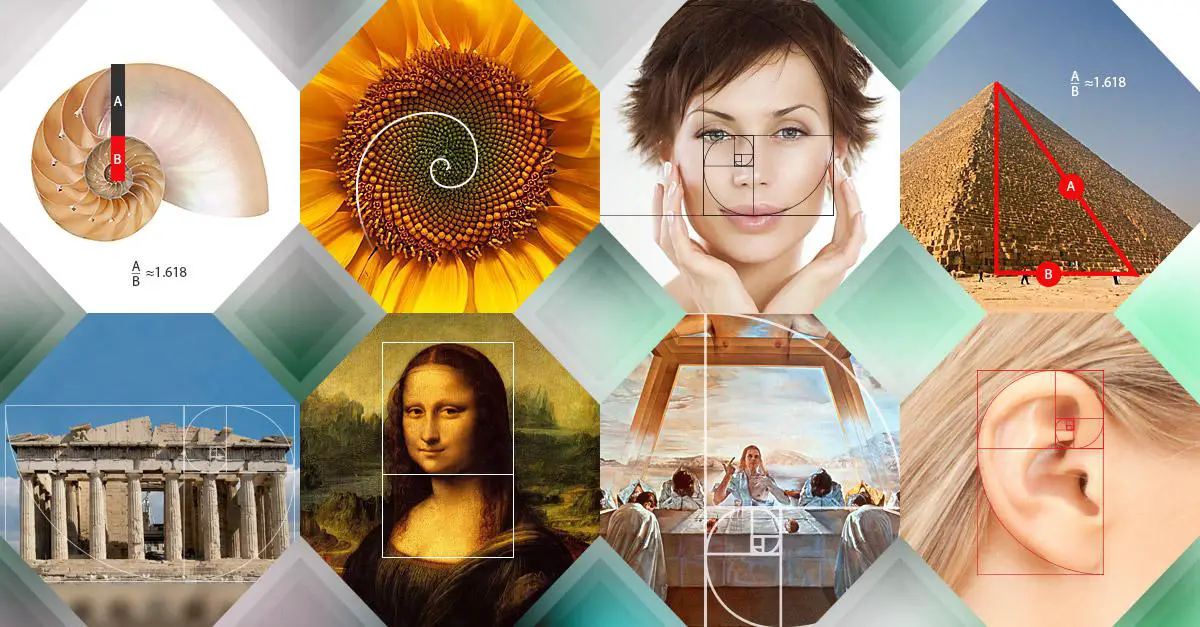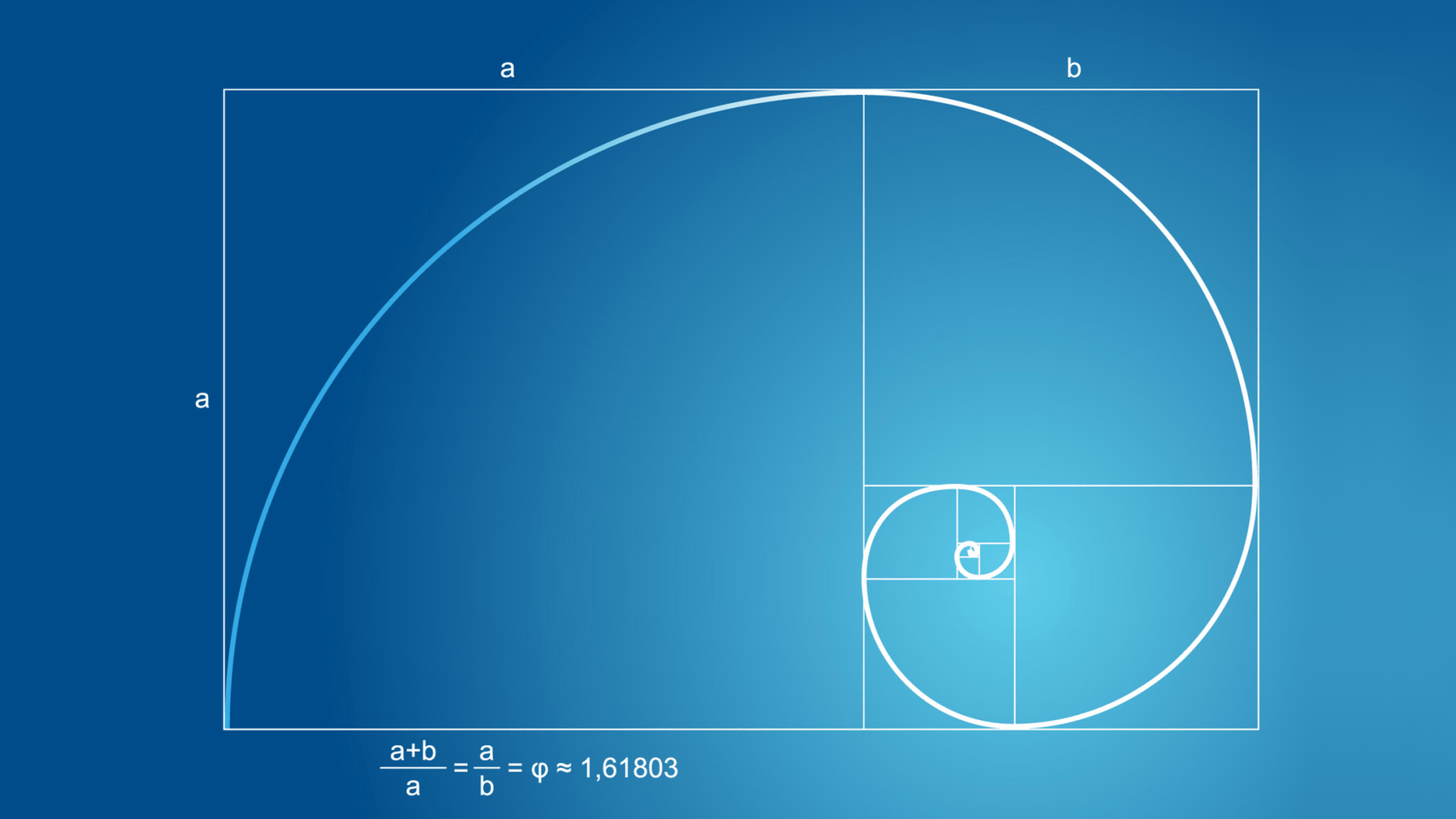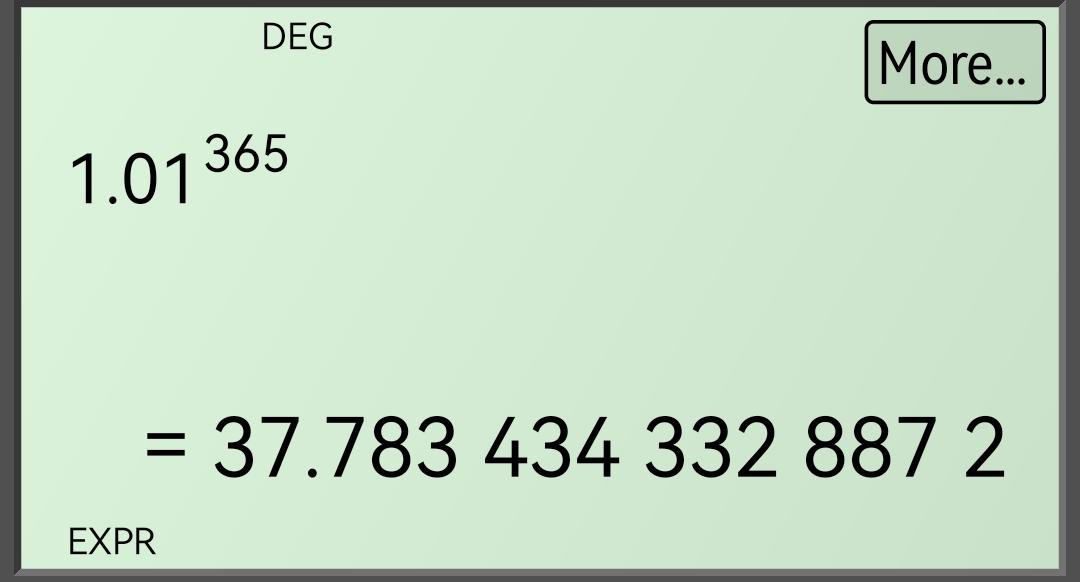The Golden Number in Mathematics and Nature
The golden number, also known as the golden ratio, is a mathematical concept represented by the symbol "phi" (Φ). It is defined as the ratio of two quantities that are in proportion to each other in such a way that the ratio of the sum of the quantities to the larger quantity is equal to the ratio of the larger quantity to the smaller one. In simple terms, the golden number can be expressed as the following equation: Φ = (1 + √5) / 2. This number has been found to be approximately equal to 1.6180339887, and it is considered a "golden" number because of its widespread occurrence in nature, mathematics, and human-made structures.
Occurrences of the Golden Number in Nature
The golden ratio can be seen in many natural forms and objects, including the arrangement of branches on trees, the spirals of shells, the proportions of the human body, the growth of plants, and the design of galaxies. In particular, the golden ratio has been found to be present in the shape and structure of DNA molecules, which are the building blocks of life.
The golden ratio is a natural phenomenon that can be seen in many forms and objects in the natural world. Some examples include:
- The arrangement of branches on trees and the growth patterns of plants
- The spirals of shells, such as those of the chambered nautilus
- The proportions of the human body, including the relationship between the length of the fingers and the forearm, and the relationship between the various sections of the spine
- The structure of DNA molecules, which are the building blocks of life
- The design of honeycomb cells in beehives, which are arranged in a pattern that follows the golden ratio

The Fibonacci Sequence
The golden number is closely related to the Fibonacci sequence, which is a sequence of numbers in which each number is the sum of the two preceding ones. The Fibonacci sequence starts with 0 and 1, and each subsequent number is the sum of the two previous numbers: 0, 1, 1, 2, 3, 5, 8, 13, 21, 34, 55, 89, 144, and so on. The ratio of any two consecutive Fibonacci numbers approaches the golden ratio as the numbers get larger.
The Golden Number in Art and Architecture
The golden number has also been used in art and design as a way to create visually pleasing and harmonious compositions. Many artists and architects have used the golden ratio to create compositions that are aesthetically pleasing and have a sense of balance and proportion. For example, the famous painting "Mona Lisa" by Leonardo da Vinci is said to have been composed using the golden ratio. Similarly, the Parthenon in Athens, Greece, is considered one of the most famous examples of ancient architecture that was built using the golden ratio.
Conclusion
In conclusion, the golden number is a fascinating and important mathematical concept that has been studied for thousands of years and continues to be used in various fields today. From its appearance in nature and art, to its use in design and architecture, the golden ratio is a testament to the beauty and elegance of mathematics and its impact on the world around us.





















0 Comments, latest